|
I compiled this definitive list with two very simple rules: a) The items mentioned below should be available to members of the paying - and no doubt occasionally insane - public b) To qualify, the thought of each dish should make my stomach swill over, my throat seize up, my nose twitch, and my eyes rattle. This list demonstrates that we will devour whatever we are culturally conditioned to consume, and whatever creature with the distasteful misfortune to be around us if we are hungry. Presenting my global menu for those of iron will and titanium gut: The Sour Toe Cocktail Lets begin in the Yukon Territory, in the long-past-its-boom town of Dawson City. The Downtown Hotel bar serves up a drink of straight whiskey, with added flavouring from a real life severed human toe. A big, gnarly one too, shrivelled and yellow, with the nail still on. I joined the Sour Toe Cocktail club, and to qualify, the toe must touch your lips. I can still feel it today, like a pickled, phantom limb. Everyone gets the same toe, and in the past, some toes have been swallowed. Feeling icky yet? Just wait… Balut Duck can be delicious, and eggs can be delicious, so why does it get nasty when you mix the two together? Balut, a popular delicacy in the Philippines, is a fermented duck egg, that is, an egg with a crunchy, sometimes feathery baby duck inside. You peel the shell, slurp up the embryonic fluid, add some salt, and bite hard into the crispy mushy goodness. Apparently, balut goes down really well with cold beer. Slugging back a few bottles might make this gourmet treat go down better, and for that matter, up again too. Deep Fried Hairy Spiders Personally, I just didn’t have the stomach for arachnoids when I was travelling by bus through Cambodia. A popular roadside snack, the large spiders are eaten in big bites, or pulled apart, leg by leg, and consumed like French fries. Black bug juice dribbles down the chin as you reach the best part of meal, the pincers and the bulbous back. All the poison is removed when the spiders are fried, and apparently the appeal lies in its crunchy-chewy texture. Along came a spider, and sat down beside her, and so Muffin just ate the damn thing. Ox Penis Soup Let us just be grateful that, due to conservation laws and human evolution, it’s no longer Tiger Penis Soup. Some Chinese restaurants serve up this delicacy, known for its mythical and powerfully arousing properties. The broth is serviceable, but the reality of eating ox or deer penis is that it tastes like a hard, impossibly chewy sponge. Tourists wishing to partake in this dish may find themselves forced to spit it out, or swallow it whole. Fermented Shark (Hákarl) Moving over to Iceland now, where they like their sharks rotten, stinky, and air-dried out for 5 months. Oozing the odour and taste of powerful ammonia (think urine-scented cleaning products), hákarl is an acquired taste, even in Iceland. Celebrity chef Gordon Ramsay puked on it, a common reaction for first-timers, who are advised to hold their nose to avoid detecting the disgusting stench they’re about to put in their mouths. Those who eat it are associated as being strong and brave, although I mostly just felt queasy. As someone appalled by the shark fin trade, I reckon anyone who eats the fins of these increasingly endangered fish should be forced to try this Scandinavian delicacy first. Cats and Dogs Widely condemned by the West and pet owners everywhere, it’s a sad fact that Fluffy and Fido are still on the menu in parts of Asia. Breeds of dog are raised specifically as food, and as a friend of mine will testify, having adopted and therefore saved one such puppy from the roast, they remain viciously tempered. Dog has been eaten in China for thousands of years, and the meat is famed for medicinal properties. Meanwhile, Singapore’s Strait Times reports that up to 10,000 cats are eaten every day in the Chinese province of Guangdong. Brings a disturbing new meaning to the concept of “cat food”. Hug your Fluffy and Fido a little closer tonight. Escamoles I’m back, and in the mood for a little insect caviar! In Mexico, escamoles refers to the larvae of the giant, particularly ferocious Liometopum ant. Its eggs are collected from agave plants, spiced, and served in tacos. Escamole has a cottage cheese texture, and a buttery finish. I’ve eaten ants and termites in various jungles, and they taste surprisingly like walnuts. Perfect for anyone into nuts, or just plain nuts too. Casu Marzu Those who have read this far, and therefore possessed of iron guts, will appreciate the hop over to Sardinia Italy, where we can spread some thick sheep’s cheese onto a slice of toast. Only problem here, it’s been purposely allowed to rot and gather maggots, which adds to the soapy, writhing texture. Next time you have a cheese and wine soiree, think maggots! Three Squeak Dish By now, I hope you’re warmed up for the really gross stuff. Although not everyone is convinced this exists, it's just too sick to make up (or leave off this list). Supposedly served in some remote parts of Asia, the Three Squeak Dish is a plate served with three pink, freshly born baby mice. The first squeak is when you pick them up with chopsticks. The second is when you dip them in soy sauce. You can guess what the third squeak is. Apparently they’re easy to chew because the bones have not hardened yet. Excuse me. I have to go to the bathroom now. Honorary Mentions: Lutifisk is a fish Norwegian weapon of mass culinary destruction. Laos Snake Whiskey is sold with farm-bred cobras at the bottom, some with scorpions for extra zing. We should also leave room for cockroaches, haggis, and cuy (deep-fried guinea pig). And how can I forget my delicious fruit bat stew in beautiful New Caledonia? Fruit bats ready for the stewing in New Caledonia Re-assuredly, deep fried guinea pig does not taste like chicken.
0 Comments
In 300 BC, a guy named Herodotus thought it would be just swell to compile a list of the Seven Wonders of the World. These seven sites were so utterly wonderful that humanity has since gone on to destroy all of them save one, the Pyramids of Giza - only because nobody could figure out what to do with two million 80 ton blocks. 2300 years later, a guy named Bernard Weber thought the list needed an update, and guess what, the new7wonders.com domain name was still available. While Herodotus traded on his historian credentials, Bernard was armed with online marketing savvy and contacts within the tourism industry. The decision as to what these new wonders would be rested with the mouseclick of the masses, and a quasi-regulated online vote. Swept into hysteria, the world (or rather, those countries who managed to mobilize their digerati) declared our “new” seven wonders at a gala event hosted by Hilary Swank and the guy who played Gandhi. UNESCO’s World Heritage Committee, the buck-stops-here for this sort of thing, distanced themselves from the spectacle, stating: “This initiative cannot, in any significant and sustainable manner, contribute to the preservation of sites elected by this public.” Ouch. Since I’ve somehow managed to drag myself to all the winning wonders, here are short reviews of what to expect. CHICHEN ITSA Not to be confused with Chicken Pizza, which in Mexico, often leads to Montezuma’s Revenge. The Maya were a clever lot who designed intricate jungle pyramids for calendars, ancient cosmic ball courts, and other sites of magic at this must-see in the Yucatan. The largest of several pyramids and ruins in the area, I was disappointed to learn that tourists can no longer climb Chichen Itsa’s steps (which severed heads once rolled down) due to an elderly American tourist who slipped and killed herself, subsequently ruining it for the rest of us. I did however pick up a free wireless signal just outside the mandatory gift shop, which may explain why Chichen Itsa, and not Tikal in Guatemala, gathered enough online votes to be included as a new Wonder of the World. GREAT WALL OF CHINA There’s little controversy with this one, since there’s really nothing little about a 4000-mile wall that many people mistakenly believe can be seen from space. Most tourists in Beijing visit a nearby carefully manicured chunk of wall, struggling to take a photo clear of domestic package tours. I joined a more adventurous lot to drive three hours outside of the city, barely escaping the choking pollution, to a section known as Jinshangling. From here, it’s a tough yet thoroughly rewarding 7-mile hike to Simatai, crossing 67 watchtowers. Parts of the wall are immaculate, others crumbling under the weight of history, but rest assured there’s usually an enterprising local selling cold beers at the next watchtower. Legend has it over one million people died building the wall, with bodies mixed into cement or buried in the wall itself. Built by a succession of several dynasties, the world’s longest man-made structure is the ultimate symbol of our desire to keep things out, or in. Mao famously said: "You're not a real man if you haven't climbed the Great Wall.” THE TREASURY, PETRA You saw it in Indiana Jones, and it’s tough to stop whistling Indy’s theme song walking down the magnificent path to this 2000-year old Nabataean ruin. Jordan’s most popular attraction is actually a tomb, misnamed by treasure hunters, glowing red in the late afternoon sun. It’s the highlight of a vast ancient city with much to explore, like the Urn Tomb, which delivered one of my best flying photos ever. Decent hotels, fresh humus, the smell of camel – it’s not exactly Indiana Jones’s last crusade, but deservedly takes its place on the list. CHRIST THE REDEEMER This 40m cement statue must have been a sour pickle for Bernard to swallow. On the one hand, it mobilized millions of Brazilians behind a campaign of nationalistic fervor, with telco’s sponsoring free SMS voting, and politicians loudly samba-beating their chests. On the other, there is no hotdamn way it belongs anywhere near this list. The Statue of Liberty, the Eiffel Tower, the Sydney Opera House – more famously distinct modern landmarks are stewing in blasphemy. Having lost my camera a few days prior, I recall the sparkling view of Rio, the swishing acai shake in my gut, and the niggling doubt that I should have ditched Cocovaro Mountain for Sugarloaf Mountain instead. As much as I love Brazil, and Rio in particular, putting this statue in the company of ancient feats of mysterious genius is kind of like listing Turkmenistan as a global center of finance. THE COLOSSEUM Many years ago I was a skinny 18 year-old McLovin, frenetically touring Europe with some buddies on one of those “If it’s Tuesday, we’re in Luxembourg” tours. By the time we arrived in Italy, I was stewed in beer, pickled in vodka, and under the complete influence of some older Australian blokes who could drink a horse under the stable. I remember, vaguely, stealing hotel towels for a toga party, and also getting slightly jealous when smooth Italian boys on Vespas made advances on the too-few girls on our tour. When we visited the Colosseum, built between 70AD and 80AD and once capable of seating some 50,000 people, I was hungover, drunk, or possibly both. There was a lot of scaffolding at the time, a curse one should expect when visiting ancient landmarks. Being 18 years old and stupid, or drunk (possibly both) I didn’t appreciate it so much as one more step before we could return to a bar so I could unsuccessfully pursue girls, of whom the Italian variety interested me greatly. The Colosseum was used for over 500 years as the venue for gladiator battles, circuses and all manner of public spectacles. Including teenage tourists incapable of holding their liquor. MACHU PICCHU The famed Inca Trail really does live up to its hype, especially since you arrive at Maccu Piccu early in the morning, before buses of tourists arrive to make your photos look like you’re in Japan. It takes four days of hiking at altitude through the majestic Andes before you earn the right to have the Lost City of the Incas all to yourself, but it’s well worth it. Porters, their legs ripped of steel, carry all the supplies, cook up delicious meals, even pitch your tent. We slowly hiked past old Incan forts and terraces, peaking at Dead Woman’s Pass, where the uphill slog and altitude left me squeezing my lungs for air. My group, aged 18 – 57, displayed inspiring camaraderie, led by two upbeat Peruvian guides, all the while looking forward to that moment, when you cross Sun Gate, and see Maccu Piccu lit up in the morning sun. Few moments are quite like it, even when the buses pull up. THE TAJ MAHAL It’s a monument to love that sparkles in the sun, and ransoms your imagination. A marble structure of such physical perfection and detail it could only have been constructed from the heart. I had one day left in Delhi before flying to Bangkok, so decided to take a quick trip to Agra to see the Taj. Taking a quick trip anywhere in India is laughably optimistic. It took hours to navigate the scams at Pahar Ganj train station, as touts tried to sell me fake tickets to fake Taj’s. Finally on the right train, leaving at the wrong time, I arrived in Agra at the mercy of taxi drivers licking their lips like hungry hyenas. To the Taj, only a few hours to spare, but the line-up stretched half a mile. “No problem Sir follow me Sir” and a kid leads me to an empty side entrance for a decent tip. Then I have to pay the special tourist price of $25, equivalent to three days food and accommodation. Then the security guard confiscates the tiny calculator in my daypack, for no reason neither he nor I can discern. Finally I get in, through the gate, just in time to watch the sun light up the Taj Mahal like a neon sign in an Indian restaurant. I take several dozen photos, from every angle possible. It’s already been a long day, so I kiss this monument to love goodbye and hit the train station, where a young girl pees on the floor next to me and armed soldiers become my BFF’s. One day visiting the Taj Mahal symbolized my entire month in India, a wonder unto itself. THE PYRAMIDS OF GIZA Actually, since the Pyramids were part of the last list, Bernard figured they were exempted from this list. Well, there are two ways to anger an Egyptian, and one of them is to deny the lasting legacy of its pyramids (the other results in generational blood feuds, so I’ll keep that under wraps). After bitter protests, Bernard decided the Pyramids would be “Honorary Candidates,” an undisputed 8th wonder, and removed them from the vote anyway. This tells you all you need to know about the scientific legitimacy of this poll. *** Where is Cambodia’s Angkor, by far the most amazing ancient city I have ever seen? Ephesus, Stonehenge, Easter Island, or the empty crevice inside Paris Hilton’s head? Travel is personal, for one man’s Taj Mahal is another woman’s symbol of oppression. In the end, the New Seven Wonders promotion was a harmless marketing exercise, so long as we appreciate the amazing work organizations like UNESCO do to restore and preserve our greatest achievements. If the original Seven Wonders tell us anything, it’s easier to build historical monuments to mankind, than preserve them.
|
Greetings.
Please come in. Mahalo for removing your shoes. After many years running a behemoth of a blog called Modern Gonzo, I've decided to a: publish a book or eight, and b: make my stories more digestible, relevant, and deserving of your battered attention. Here you will find some of my adventures to over 100 countries, travel tips and advice, rantings, ravings, commentary, observations and ongoing adventures. Previously...
July 2024
Categories
All
|

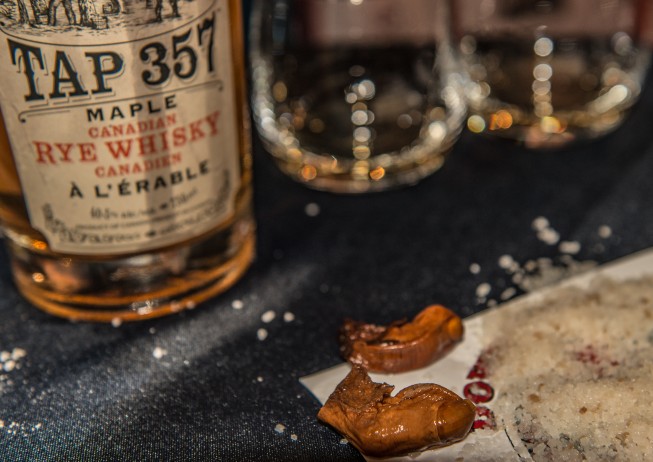


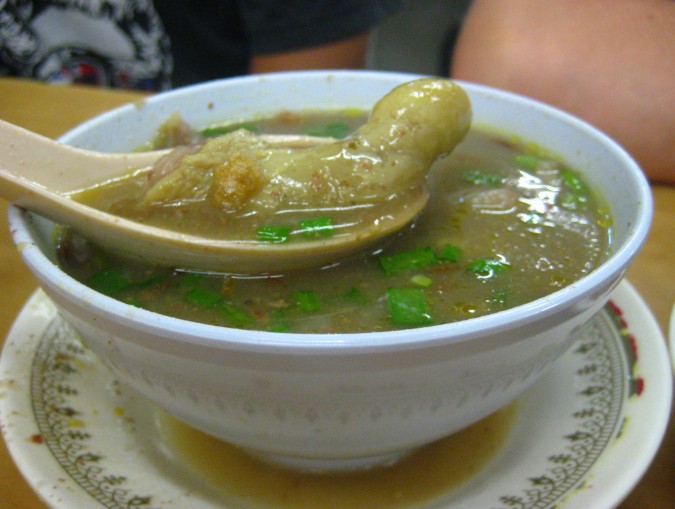
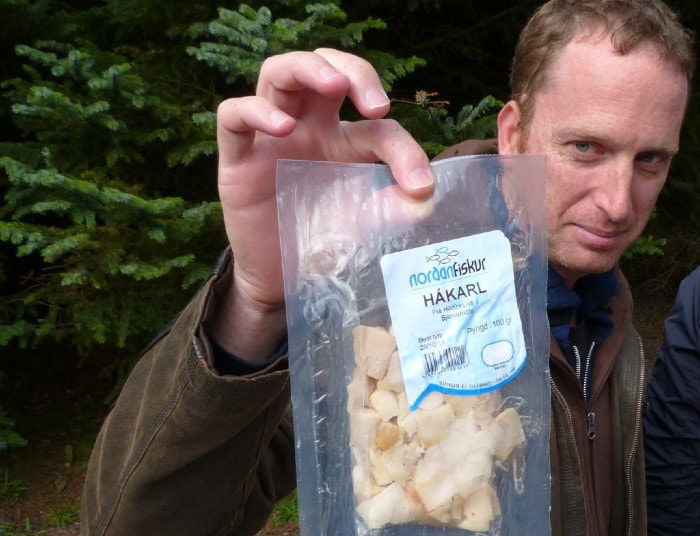

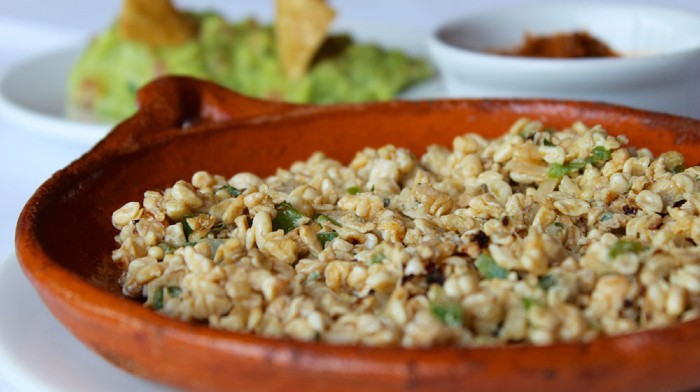

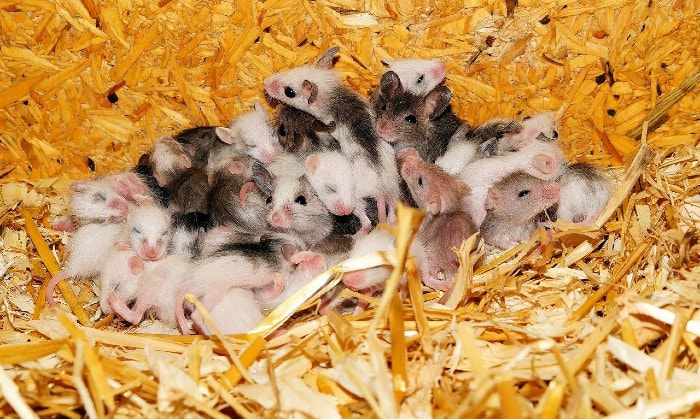
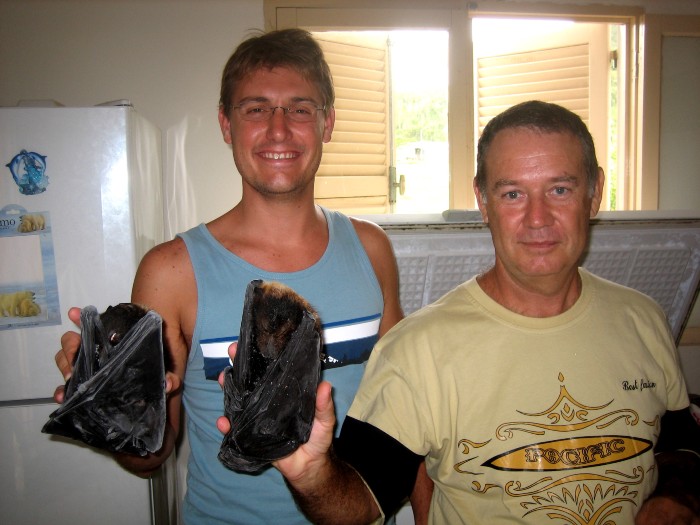
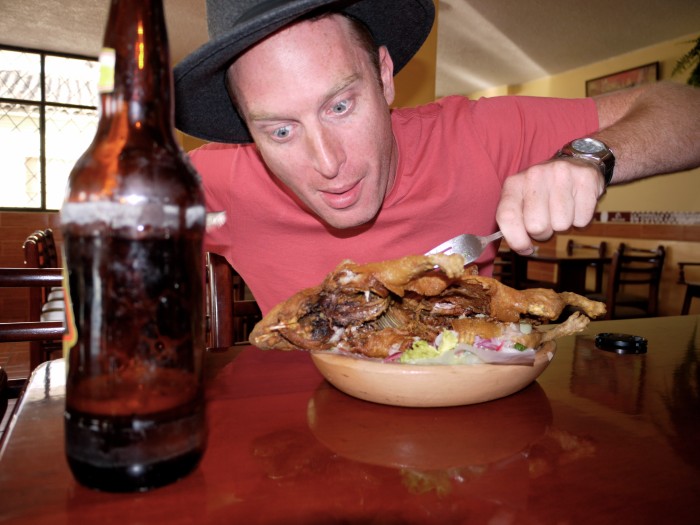
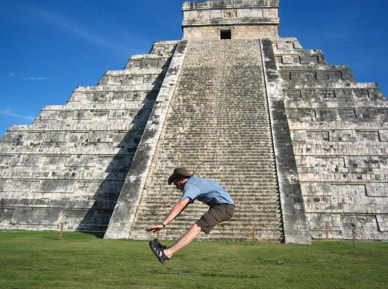
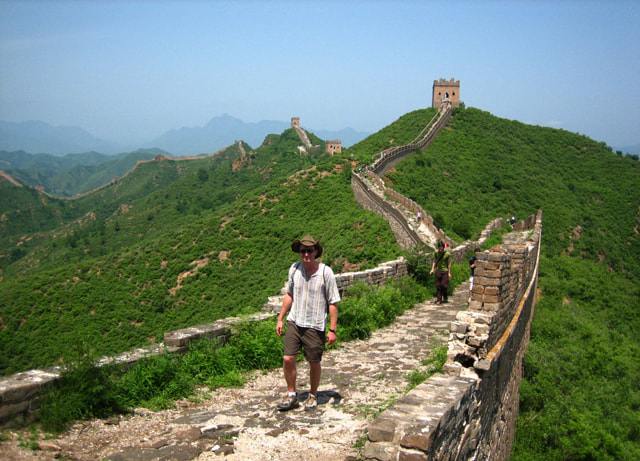
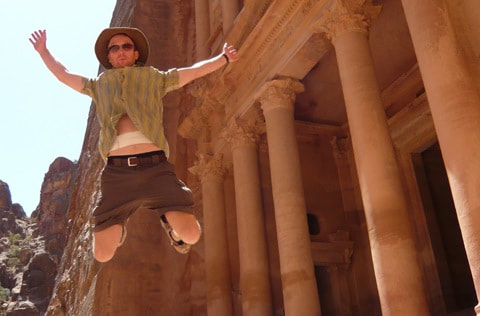
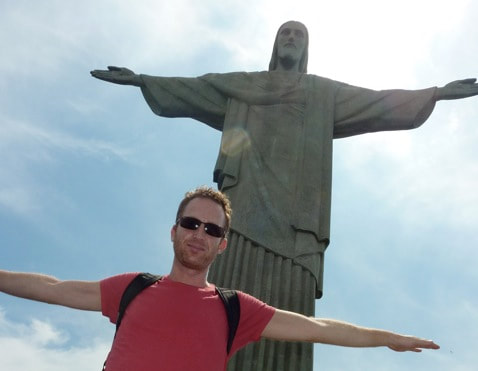
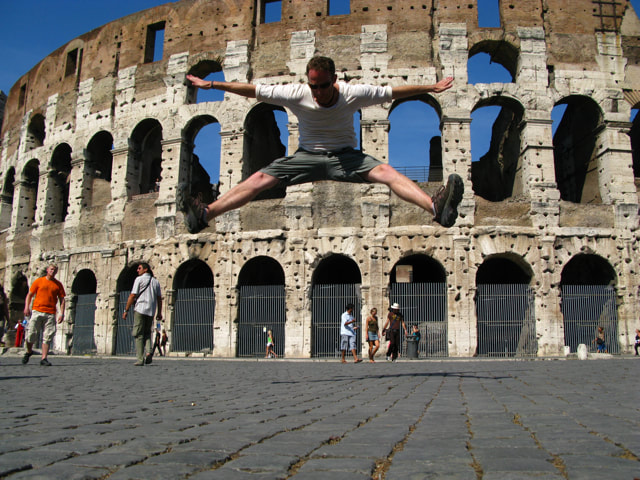
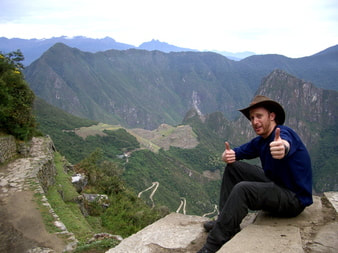
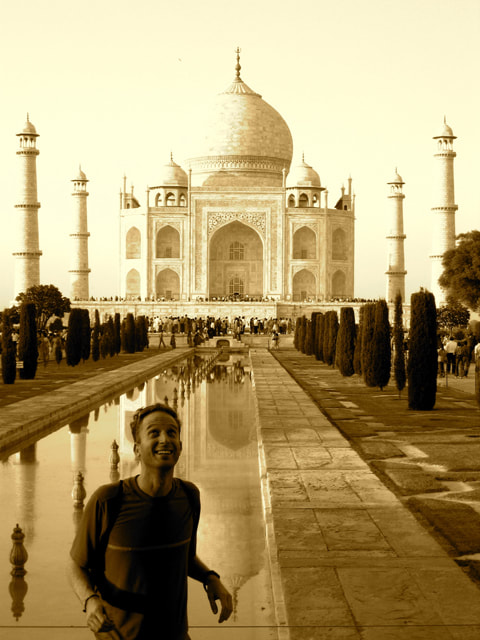
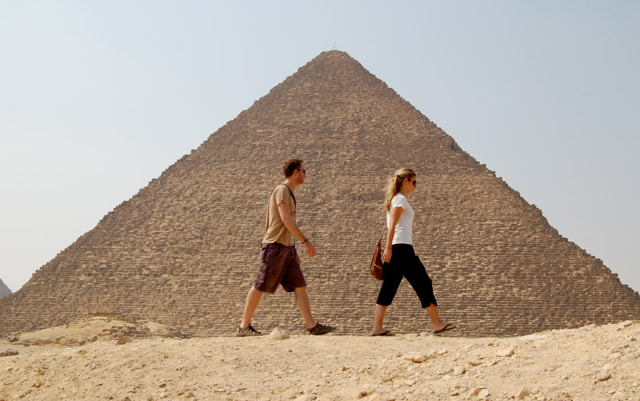
 RSS Feed
RSS Feed

